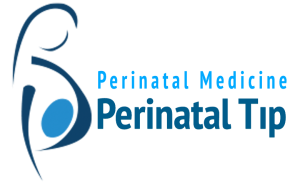
Intrauterine Blood Transfusion
 When anemia-anemia is detected in the mother’s womb, its treatment is only possible by giving blood in the mother’s womb. It can be seen for different reasons. The most common condition is what is called blood incompatibility:
When anemia-anemia is detected in the mother’s womb, its treatment is only possible by giving blood in the mother’s womb. It can be seen for different reasons. The most common condition is what is called blood incompatibility:
When anemia-anemia is detected in the mother’s womb, its treatment is only possible by giving blood in the mother’s womb. It can be seen for different reasons. The most common situation is the so-called blood incompatibility: If the mother is RH(-) and the father is Rh(+), the baby may also be Rh(+). If this is the case, it may occur that the blood cells of the baby in the mother’s womb pass into the mother’s blood circulation for various reasons and then go to the immune system and form an antibody-anti-matter. If this situation has developed, blood incompatibility is mentioned. This situation is determined by direct Coombs test in pregnant women. If it is negative, it means that there is no development of blood incompatibility. However, if the baby is Rh(+), there is a risk of development.
If the pregnancy is Rh(-), the father is Rh(+) and the Direct Coombs test is (+), the condition is determined by performing the blood circulation Doopler examination of the baby in the mother’s womb. When anemia is considered, blood count is done by taking blood from the baby’s umbilical cord. If there is anemia, blood can be given via the umbilical cord at the same time or in the next application. The aim here is to prevent the baby’s development problem or loss in the womb due to anemia.
If Parvovirus B-19 infection is present in the mother, it can pass to the baby and damage blood-forming cells. In this case, if anemia-anemia is present in the baby, it may be necessary to give blood immediately in the womb. Thus, the loss of the baby is prevented.